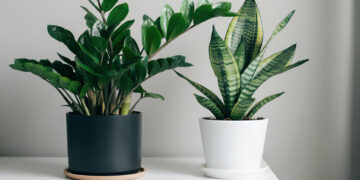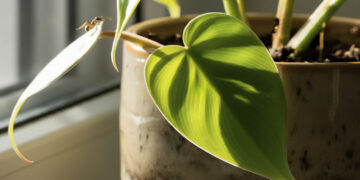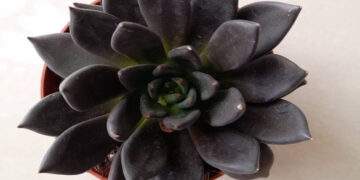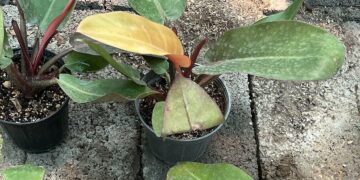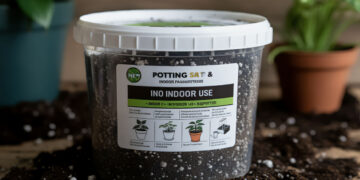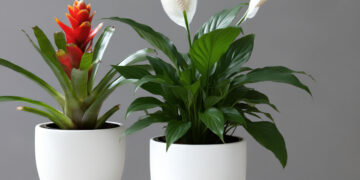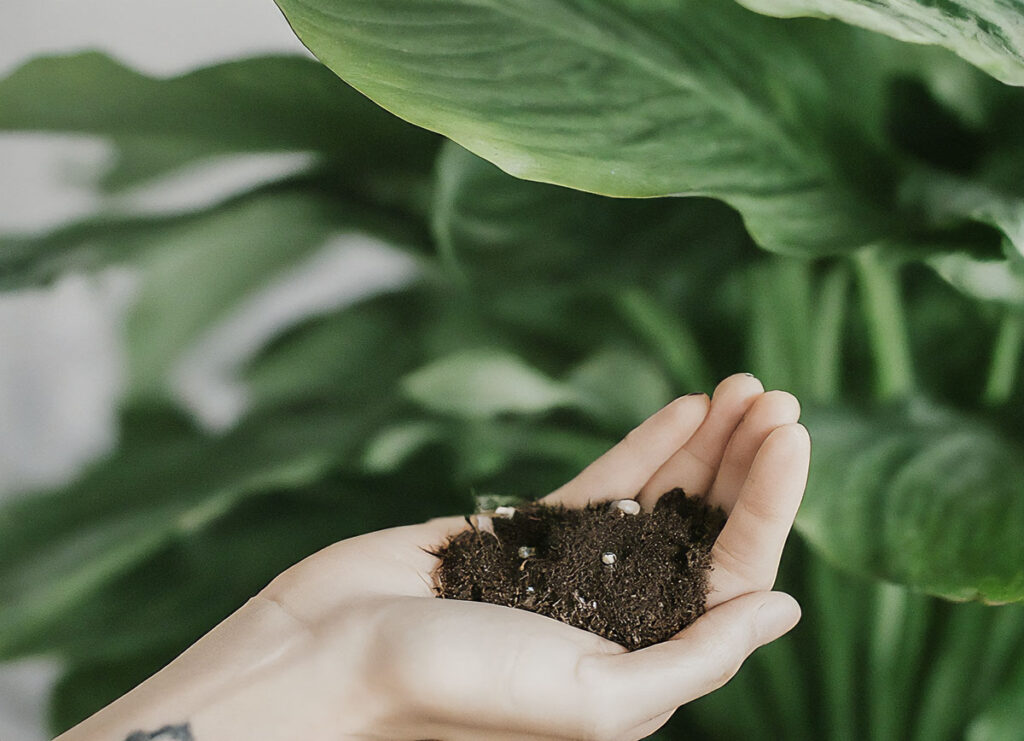
You don’t have to deal with chemistry to hear the word pH. It is one of the factors that, if not adjusted, can put the health of the houseplant at risk. Now, I want to uncover the Secrets of soil pH for Houseplant growers and answer all the questions you may have.
If you have any more questions or if something is unclear, feel free to ask me in the comments. I’ll be happy to help.
What is soil pH?
pH soil is a measure that shows whether the soil is acidic or alkaline and varies from 0 to 14. The number 7 shows neutrality. At the time of measurement, if the values were less than 7, the soil is acidic, and if it is higher, it is alkaline.
Why soil pH is essential?
Maintaining the balance of soil pH is something that should not be ignored.
On the one hand, In very acidic soils, as much as you find toxic substances such as aluminum and manganese, there is no mention of nutrients such as nitrogen, phosphorus, and potassium.
On the other hand, iron, manganese, and phosphorus are rarely found in alkaline soils.
So, if you measure pH and it is in the right amount, you can rest assured that the nutrients will reach the houseplant sufficiently.
What is the appropriate pH range for houseplant soil?
Most plants usually grow well in the 5.5 to 7.0 pH range. Still, there are always exceptions, and you should be aware of the pH preferences of any houseplant. For example, African violet is better maintained in slightly acidic soil between 5.8 and 6.2. Azalea and Gardenia grow in acidic soils with a pH of 4.5 to 6.0. On the other hand, succulents and spider plants prefer soil with a pH of 6.0 to 7.5, and snake plants thrive ideally within the broader pH range of 5.5 to 7.5.
How to check soil pH at home?
I recommend three popular methods for testing the soil pH range in the house:
- pH meters show the pH of the soil in the form of digital numbers, which you can use several times. ( I personally always use this method).
- The point of using the pH test strips is that the soil’s acidity or alkalinity can change the strip’s color and have a pH scale. You should mix the soil sample with distilled water and put the strip into it. Then, compare the color change with the scale. The work is done.
- DIY soil pH test kits include a liquid solution that reacts with the soil sample and shows the pH of the soil with a color code.
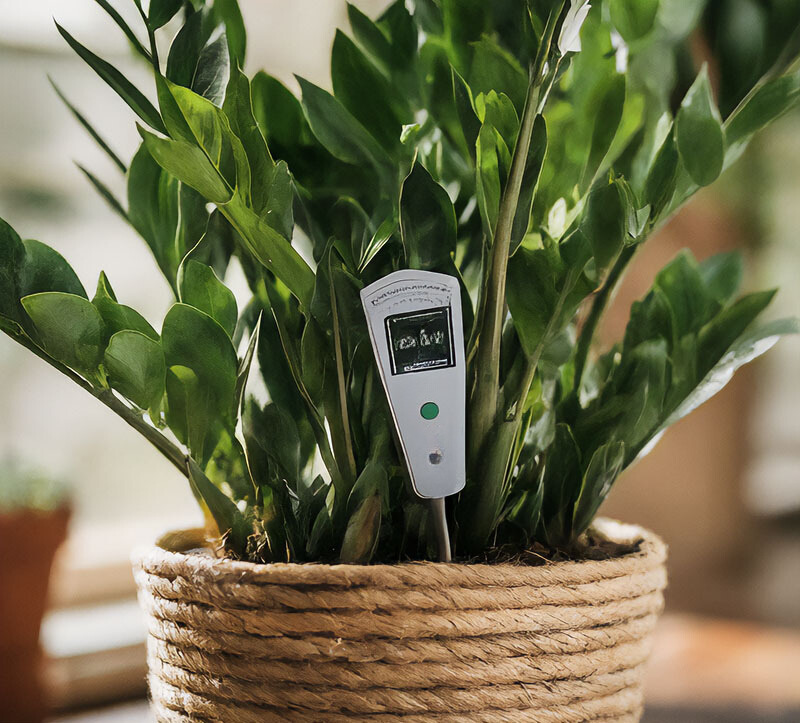
How do we understand soil pH imbalance?
First, look at the houseplant, which shows signs that the soil is too acidic or alkaline.
In general, the yellowing of the leaves of the houseplant, stopping the plant’s growth, and, in some cases, weak flowering remind us of a problem with the soil’s acidity or alkalinity level.
Research has recently shown that the root of these symptoms is different. The yellowing of the houseplant leaves and chlorosis can be caused by the soil’s acidity, the extra iron and magnesium, and the lack of these nutrients in alkaline soils. So, test the pH regularly and take soil adjustment seriously.
How do you adjust the pH of the soil?
Well, you measured the soil pH. If it is high, then you should acidify the soil. Gradually add sulfur, peat moss, or aluminum sulfate to the soil. Moreover, you are a big fan of natural methods like me. In that case, you can also use coffee grounds for houseplants, pine needles, or vinegar.
If it was low, you needed to alkalize the environment; it’s not wrong to try adding lime or calcium carbonate, wood ash, and dolomite lime to increase magnesium in the soil.
If you can’t access these, visit the kitchen or basement. Crushed eggshells, wood ash, or baking soda can be found in your home and can increase the soil’s pH.
Tip: Be sure to recheck the pH after each step and do not change anything suddenly because it will shock the plant and endanger the stable growth of the houseplant.
When should the pH of the soil be tested?
Under normal conditions, it is better to test the pH of the soil at least once or twice a year in the spring and summer seasons to determine the health of your houseplant. If it has symptoms of disease, this method can help you find the problem and solve it as soon as possible. I usually test the pH of the soil after each repotting houseplants, and sometimes, you need to do it after fertilizing the houseplant or making amendments.
What factors affect soil pH?
Water Quality
You must have heard that you should not use tap water for watering houseplants. The main reason is that tap water is high in calcium and magnesium, so it is so-called hard and alkaline. The more you use it to water the soil, the more alkaline the soil becomes, which harms the houseplant.
So stop watering with tap water now and use distilled or rainwater.
Next, wash the soil with distilled water occasionally to remove accumulated salts and soil minerals.
For half of my life, I told others not to use tap water or to let it sit for a day before using it, and only to water their plants when they needed it :)).
Microbial Activity
As you know, not all microbes are harmful, and houseplants need beneficial soil microbes, such as bacteria and fungi, to grow. These microbes work in the pH range of 6 to 7 and become inactive in highly acidic and alkaline environments. In this case, nutrients will be reduced, and the health of the houseplant will be endangered. Changing the soil pH boosts the life of beneficial microbes in the potting mix.
Fertilization
Houseplant fertilizers have acidic and alkaline compounds, and adding them to the soil changes the pH of the soil. So, when you want to buy fertilizer for your houseplant, you should pay attention to the needs of the plant and the pH range. For example, fertilizers that have ammonium make the soil acidic, and those that contain lime raise the pH.
You should know that synthetic fertilizers, such as ammonium sulfate or urea, are concentrated and quickly lower the pH. Meanwhile, organic fertilizers, such as compost or manure, acidify the soil over time by releasing organic acid during decomposition.
Organic Matter
Organic materials are helpful for the soil because when the soil decomposes, organic acids are released. Over time, this lowers the soil’s pH. Producing humic, citric, and acetic acids makes the soil acidic. Also, organic matter improves the soil’s structure and helps keep water and access to nutrients in the soil. You must observe the balance because too much organic matter will make the soil too acidic.
Seasonal Changes
Depending on the weather, how often you water and fertilize the houseplant, and indoor environmental conditions vary in different seasons, this can be one reason for the change in soil pH.
For example, in winter, the temperature, watering, microbe activity, and the cycle of nutrients decrease, so the soil’s pH also fluctuates.
In the summer, watering and fertilization increase, so the soil’s pH level fluctuates.
Mulching
Mulching impacts the acidity or alkalinity of the soil. You should pay attention to the type of mulch you use. For example, organic mulches such as pine needles, tree bark, and compost make the soil acidic. Still, inorganic mulches, such as sand or gravel, do not have much effect on pH.
Plant Roots
Plant roots affect soil pH by absorbing and releasing various ions, root secretions, and microbial activity around the root area. When the houseplant absorbs the required nutrients, hydrogen ions (H+) or hydroxide ions (OH-) are released into the soil and can change the soil’s pH level. For example, uptaking of ammonium ions (NH4+) makes the soil acidic, while uptaking of nitrate ions (NO3-) can increase the alkalinity of the soil.
Micronutrient Absorption
The absorption of micronutrients is vital, and they help the houseplant grow well and have vibrant foliage. Micronutrients such as iron, manganese, zinc, copper, and boron are found in slightly acidic soils between 5.5 and 6.5. Suppose the soil becomes acidic, with a pH below 5.5. In that case, micronutrient toxicity occurs, and these micronutrients are very rare and unavailable in an alkaline pH above 7.5.
Soil Compaction
The denser the soil, the less oxygen it has and the more carbon dioxide it contains, and as a result, it is more acidic. A decrease in the soil’s pH level causes the growth to stop the lack of nutrients and reduce microbial activity. The health of the houseplant is threatened. You can prevent this by regularly aerating the soil and using potting mixes with good drainage and regular watering.
Soil texture and structure
The texture of the soil affects its drainage, aeration, and pH level. For example, clay soils retain water and nutrients, making the environment acidic. Still, sandy soils quickly remove nutrients and water and become alkaline.
Soil structure impacts microbial activity and root growth, both of which cause pH changes.
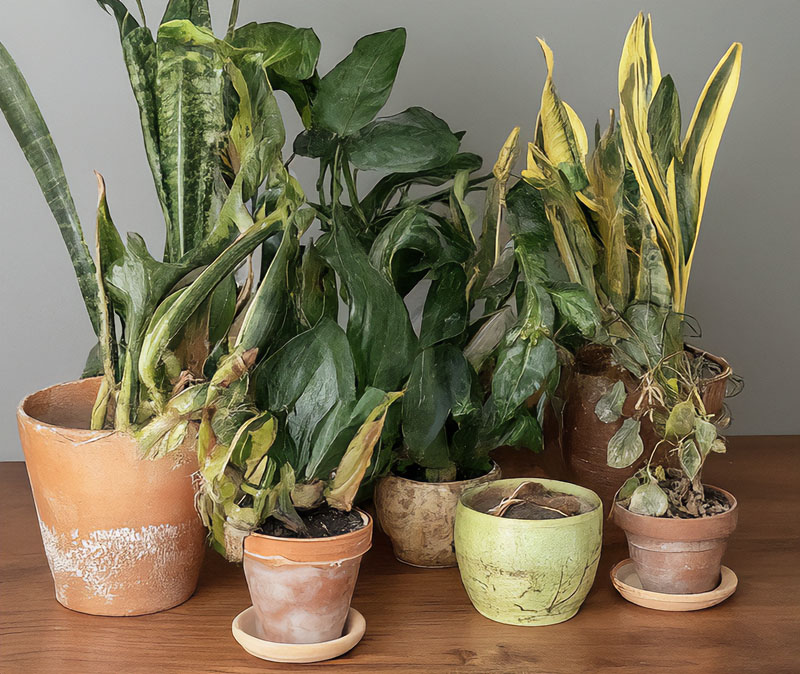
What is right and what is wrong?
There have always been false beliefs that keep us away from reality.
- First, not all houseplants grow in neutral soil, and each can have specific pH preferences.
- Second, soil pH changes due to many factors, such as watering, fertilizing, and decomposition of organic matter. You may test and adjust soil pH several times throughout the year.
- Finally, adding lime and soil is unnecessary, and even too much of it will harm the houseplant.
How can we not let the pH change after repotting?
Repotting is a critical step for any houseplant. So, by observing the necessary points, we help the plant to see the most minor damage. It is better to buy potting mix with a balanced pH and not unknowingly mix soils with different pHs. Do not mix organic matter suddenly. Water with distilled water and rain and test the pH of the soil regularly.
What is the pH of hydroponic and semi-hydroponic houseplants?
These types of plants have different conditions and habits. Hydroponic plants grow in the pH range of five and 5 to 6.5, and semi-hydroponic plants with inert media such as LECA or perlite should check their pH regularly.
sources:
https://extension.psu.edu/understanding-soil-ph
https://hgic.clemson.edu/factsheet/changing-the-ph-of-your-soil
https://yardandgarden.extension.iastate.edu/how-to/how-change-your-soils-ph

